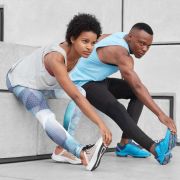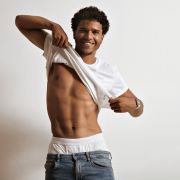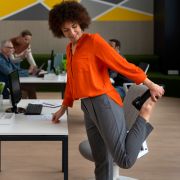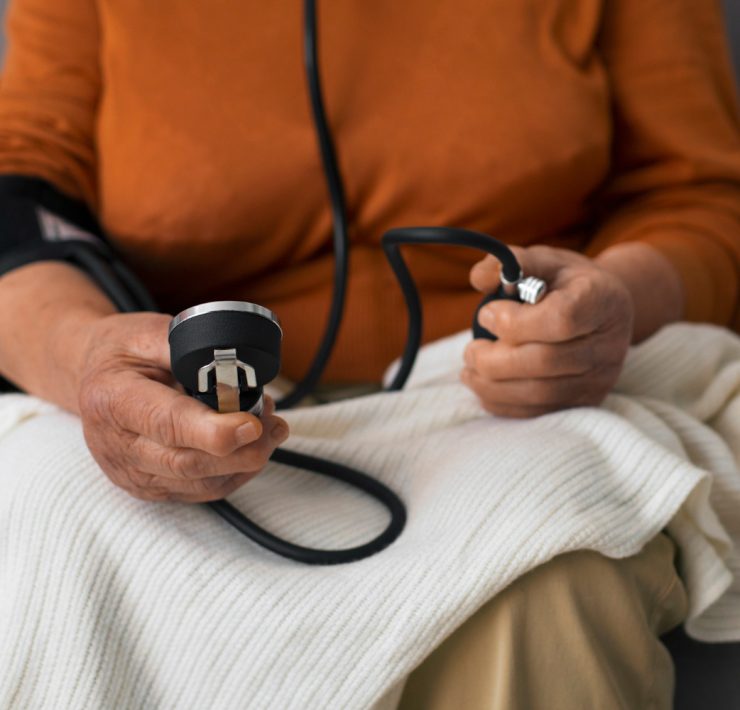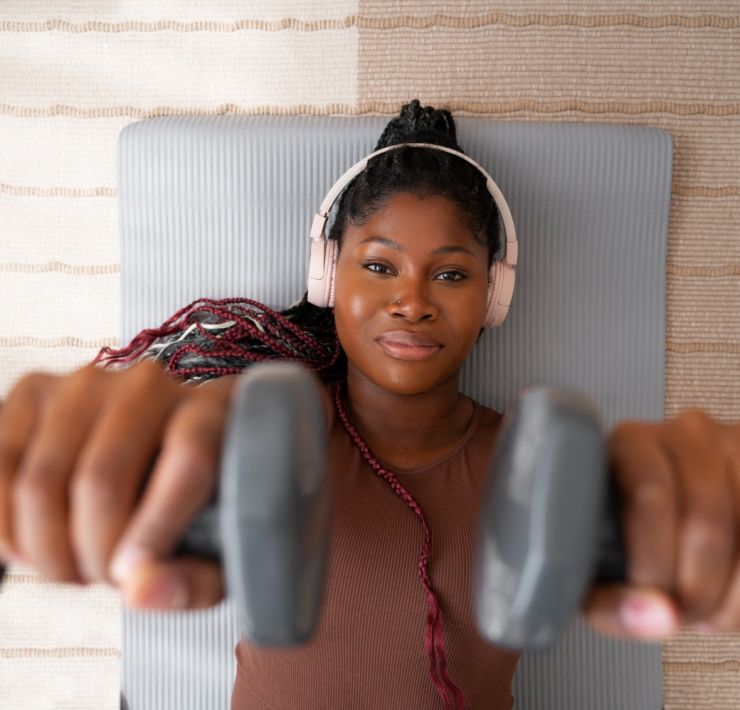Stretch Like You Mean It—Not Like You Learned It on TikTok
- Most people stretch incorrectly, risking injury and missing out on real flexibility gains.
- Learn the science-backed methods that actually improve mobility, not just what’s trending online.
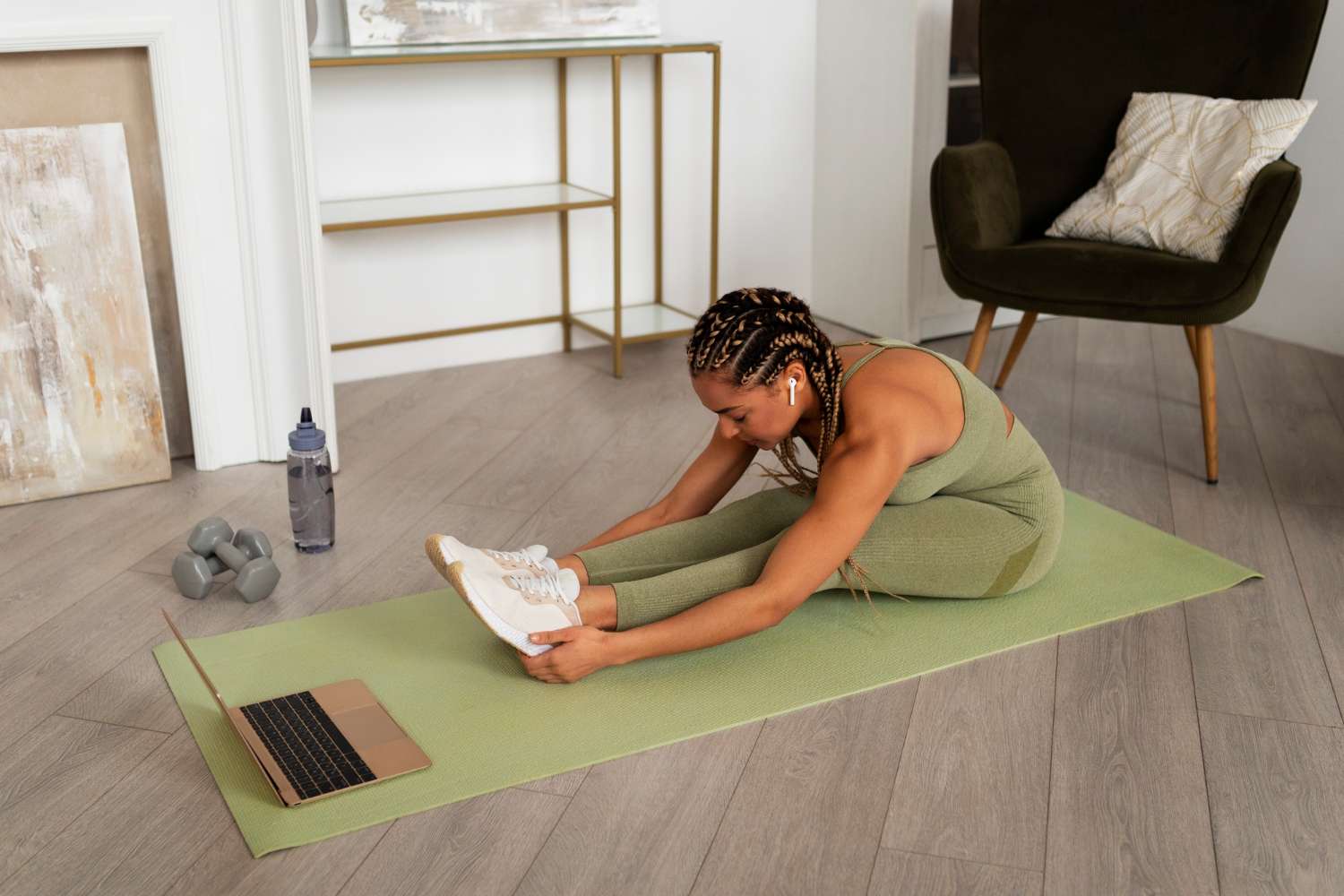
Stretching is one of the most recommended fitness practices, yet most people do it incorrectly. Whether you’re an athlete warming up before a match, someone trying to fix tight hips, or just stretching first thing in the morning, the intention is usually good, but the technique, timing, and purpose are often misunderstood.
As a sports therapist, I see countless cases of ineffective stretching routines that lead to:
- No real improvement in flexibility
- Lingering pain or tightness
- Or worse, minor injuries caused by overstretching
This article breaks down the most common mistakes people make when stretching and gives you science-backed, practical alternatives that work, whether you’re an athlete, gym-goer, or someone who just wants to move better.
Table of Contents
The Most Common Stretching Mistakes
1. Static Stretching Before a Workout
Static stretching (holding a muscle in one position for 20–60 seconds) is commonly used as a warm-up. But research shows that doing this before exercise can decrease strength and power output, especially in explosive movements like sprinting or jumping.
Why it’s wrong: Muscles need to be activated and warmed, not relaxed and lengthened, before training.
2. Bouncing During Stretches (Ballistic Stretching)
Many people bounce through hamstring or quad stretches, thinking it’ll deepen the stretch. It doesn’t.
Why it’s wrong: This increases the chances of microtears or strains, especially if your muscles aren’t warmed up properly.
3. Stretching the Wrong Muscles
People often stretch what feels tight, but tightness isn’t always the issue. The sensation of tightness could be your body compensating for weakness elsewhere.
Example: You feel tight hamstrings, but the root problem might be weak glutes or a stiff lower back.
4. Forgetting to Breathe
It is common to hold your breath during intense stretches. But this activates your sympathetic nervous system (fight or flight) and increases muscle tension.
Why it’s wrong: Without proper breathing, your muscles will not relax and release, defeating the point of the stretch.
5. Inconsistency (Stretching Once a Week and Hoping for Magic)
Stretching once on Monday and expecting to touch your toes by Friday is like going to the gym once and expecting abs. It’s not happening.
Why it’s wrong: Mobility gains are slow, consistent, and intentional. Like dating—show up consistently or don’t bother.
What to Do Instead: Stretch Smarter, Not Harder
1. Start with Dynamic Warm-Ups
These are movements that take your body through a range of motion, activating muscles, increasing heart rate, and preparing your joints.
Try these before a workout:
- Walking lunges with a twist
- Arm swings and circles
- Leg swings (front to back and side to side)
- Hip openers
Pro tip: Dynamic stretch = movement with control + intention
2. Save Static Stretches for After the Burn
Static stretches are great just after your workout, when your body is warmer and more responsive. Hold each stretch for 30–60 seconds, breathe deeply, and use this time to cool down mentally too.
3. Prioritise Mobility, Not Just Flexibility
Flexibility: How far you can stretch
Mobility: How well you can move with control through a range
Mobility improves performance, prevents injury, and actually translates to real life, like being able to squat, bend, or reach without pain.
Add mobility drills such as:
- 90/90 hip switches
- Cat-cows
- Ankle dorsiflexion rocks
- Shoulder CARs (Controlled Articular Rotations)
4. Use the Right Tools
- Foam roller for pre-stretch tissue work
- Resistance band to assist with deeper control
- Massage ball for trigger point release
- Massage gun to reduce muscle guarding and tension
Final Thoughts: Stretch with Purpose
Stretching is not just about “feeling the burn”—it is about training your body to move better. When you stretch smart, you unlock:
- Greater performance
- Less stiffness
- Lower injury risk
- And a body that feels good, not just looks good.
So ditch the bouncy toes and start moving with intention. Your body will thank you, and your future self will too.
By: Sade Cowan | Sports Therapist and Rehabilitation Specialist


